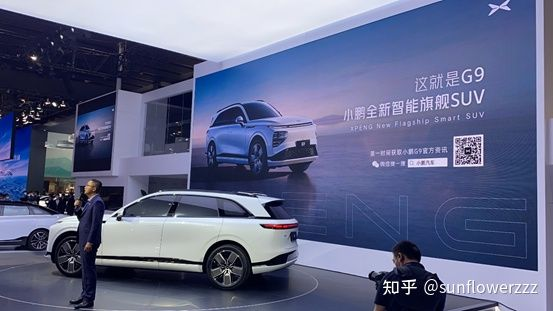Although the question is about XPeng G9, let me start with “In the beginning, there was Pangaea”. Let me first show you a real photo of the G9 for a nice appearance!
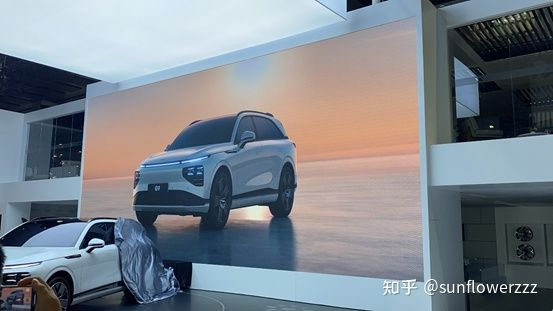
One Small Step for Armstrong
Just like how Armstrong’s one small step was a giant leap for mankind, every new car produced by XPeng in the past few years has left a solid footprint in China’s new car making and even in the growth of China’s automobile industry.
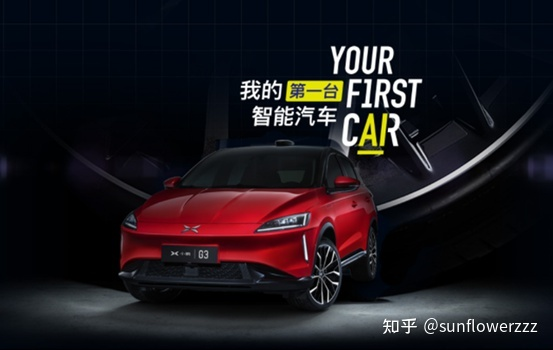
Starting from G3’s attempt to become the first smart car for young people in China, XPeng’s efforts in car intelligence have been gradually and unconsciously influencing the direction of innovation and subversion of automobile product definition by Chinese new car makers, either by coincidence or necessity.
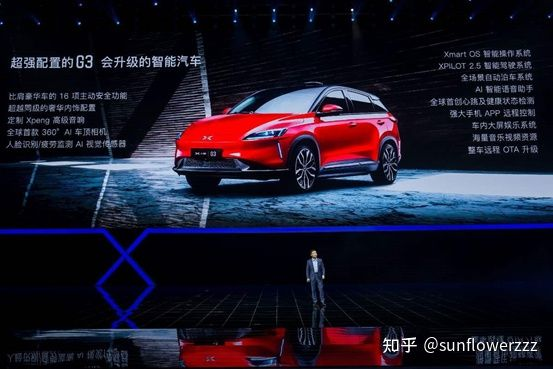
The first product feature that left a deep impression on me was the “what you see is what you say” in voice interaction. The smooth experience of controlling the entire vehicle system with voice, makes traditional conservative command-based voice interaction seem like a product of the last century. The natural dialogue of full-scenario voice interaction has further advanced the usability of in-car interaction.
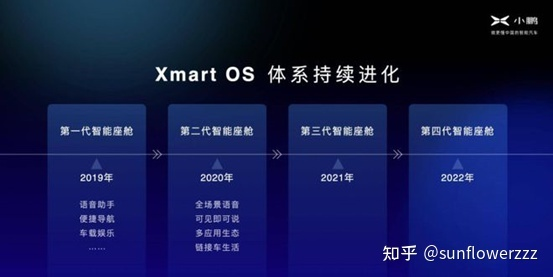
Another impressive feature is intelligent assisted driving, which has made it possible not only to implement adaptive cruise control and lane keeping, but also to move from high-speed intelligent assisted driving to entering cities with intelligent assisted driving, as well as parking lot autonomous memory parking, thereby making full-scenario assisted driving based on navigation destination possible.
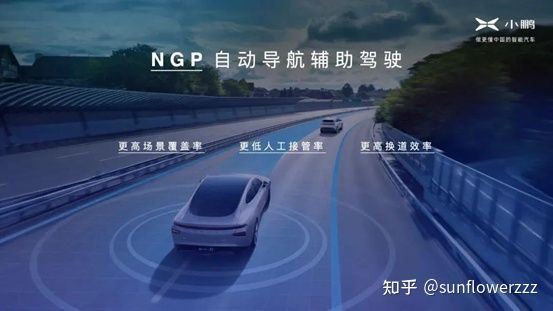
The First Small Step for G9 Belongs to XPILOT 4.0A friend from a chip giant once mentioned XPeng when we were chatting. He praised XPeng’s intelligent driving system as one of the few in the new car market that fully utilizes chip computing power. This comment was made before the recent news release of the computing power arms race, which is quite ironic given the timing of the Guangzhou Auto Show.
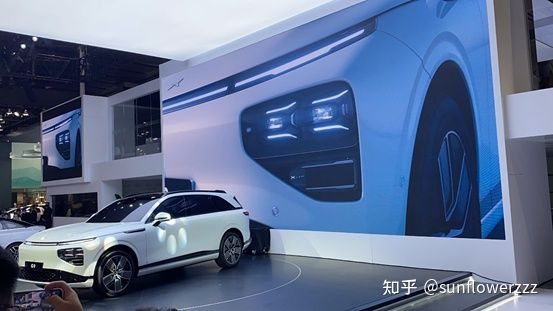
When the P5 was released earlier, many people questioned the 30TOPS computing power of the XPeng P5 equipped with a laser radar. However, XPeng’s intelligent driving team clearly understood whether the intelligent driving features corresponding to the P5 require more than 30 TOPS computing power and when the demand for higher computing power will arise, which is with the launch of XPILOT 4.0 in the G9.
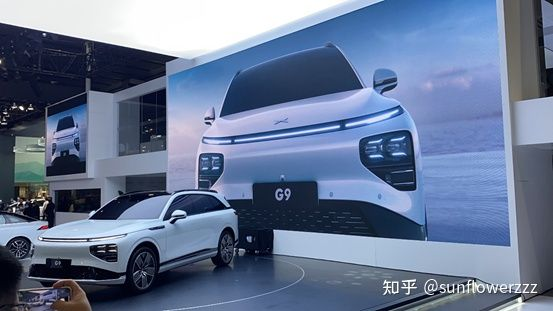
Every new XPeng car equipped with the new intelligent driving platform brings more advanced intelligent driving functionality and more optimized driving experience. With over 500 TOPS of computing power and an 8-million-pixel binocular camera, plus improvements in laser radar, XPILOT 4.0 is finally starting to paint a picture of the second half of intelligent assisted driving – full-scenario intelligent assisted driving.

Perhaps some might look for competitors with higher computing power and more laser radars at this auto show to say that other companies have taken a bigger step. But XPILOT 4.0 has the endorsement of XPILOT 2.5/3.0/3.5, which have each taken solid steps, thoroughly utilizing computing power and converting perceived information into real intelligent driving experiences. Isn’t this small step worth looking forward to?
G9’s second small step belongs to the brand-new X-EEA 3.0 electronic and electrical architecture
The continuous iteration and evolution of intelligent driving, together with higher standards for intelligent cabins, have driven XPeng to bring advanced new electronic and electrical architecture to the G9.
 More and more manufacturers are starting to pay attention to the user experience in cars, and various software and hardware functions are all related to the user experience. However, when these functions are actually applied and users ask about OTA, they often hesitate to answer. These functions include the intelligent driving experience, the smart cabin experience, and even the simple logic of opening doors and rear-view mirrors. Due to the complexity of the entire vehicle software system, solving one problem often affects the entire system. The X-EEA 3.0 electronic and electrical architecture on the Little Xin G9 was born to solve this problem.
More and more manufacturers are starting to pay attention to the user experience in cars, and various software and hardware functions are all related to the user experience. However, when these functions are actually applied and users ask about OTA, they often hesitate to answer. These functions include the intelligent driving experience, the smart cabin experience, and even the simple logic of opening doors and rear-view mirrors. Due to the complexity of the entire vehicle software system, solving one problem often affects the entire system. The X-EEA 3.0 electronic and electrical architecture on the Little Xin G9 was born to solve this problem.
X-EEA 3.0 divides the entire vehicle software into multiple levels, with basic software for adaptation as the system layer, adaptable to different vehicle models, forming a standard interface for basic software and waiting for the upper-level functions to call it. The intelligent application software forms a quick iteration platform to achieve the rapid iteration of functions such as assisted driving and smart voice. The birth of this electronic and electrical architecture will help Little Xin’s intelligence evolve further and move forward rapidly.
In addition, advanced concepts and directions such as a high fusion hardware architecture of central supercomputing plus regional control, standardized software and hardware interfaces for full-stack self-developed drivers, and gigabit Ethernet backbone communication architecture have also been realized on X-EEA 3.0. Experiences such as unnoticed OTA, factory self-inspection and completion of software updates, remote intelligent fault detection, and on-demand power distribution will all help the Little Xin G9 to undergo a comprehensive upgrade in terms of user experience, manufacturing systems, and after-sales services.
The third small step of the G9 belongs to the first batch of domestic new forces’ 800V SiC high-voltage platform. In the past few years, the high-voltage three-electric technology led by Porsche Taycan (800V) and the luxury new force brand Lucid (900V) founded by former Tesla executives have given many people hope that electric vehicles can catch up with gasoline vehicles in terms of endurance and energy replenishment. Now the Little Xin G9 finally realizes this technology on a Chinese-made new car, which is the development brought by the maturity of SiC technology, high-rate battery technology, and other aspects of three-electric technology innovation. The 480kW high-voltage ultra-fast charging pole released at the Little Xin 1024 Technology Day earlier this year can be said to be a preview of the 800V high-voltage platform on the G9.The advantage of the 800V SiC platform lies first in its energy replenishment capability. With a peak charging rate of 4C, the platform can provide a 5-minute rapid charge to the XPeng G9, resulting in a range of over 200 kilometers. XPeng’s self-built high-pressure charging network of 480 kW relieves concerns about the lack of large-scale infrastructure compatibility for the 800V high-voltage platform that currently exists in the market.
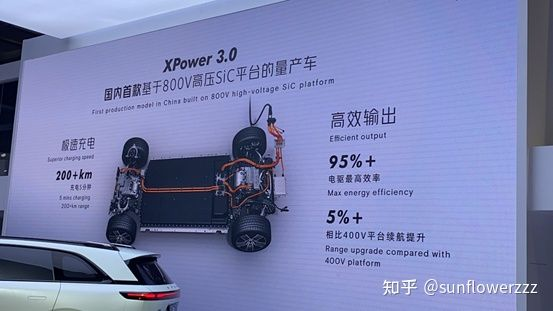
Furthermore, the high-performance platform will continue to spread and enhance energy efficiency to increase driving range. The high-voltage platform enhances the power density and torque density of the electric drive system, which will further amplify the advantage of the power and torque output of the electric drive system over gasoline-powered cars of the same price range. Meanwhile, improvements in the SiC conversion efficiency and electric drive system efficiency will result in a comparable boost in the driving range of the 400V platform under the same conditions. The era of breaking the traditional performance advantage of gasoline-powered cars and popularizing the “parity” performance is approaching, with an impressive efficiency of over 95% for the electric drive, as well as power and torque densities of 2.2 kW/kg and 42 N·m/kg respectively.
The Fourth Small Step for XPeng G9: Aesthetic Technology Embarks on a New Journey
For many Chinese consumers, the aesthetic appeal of an automobile product stems largely from the traditional strong brand identity cultivated from past product developments. Phrases like “atmospheric,” “powerful,” “elegant,” and “luxurious” have become standard elements of the previous generation’s era in the conservative updating and upgrading of traditional brands. While elegance and luxury cannot be neglected, Chinese new car manufacturers must also create a new aesthetic of intelligent automobiles.
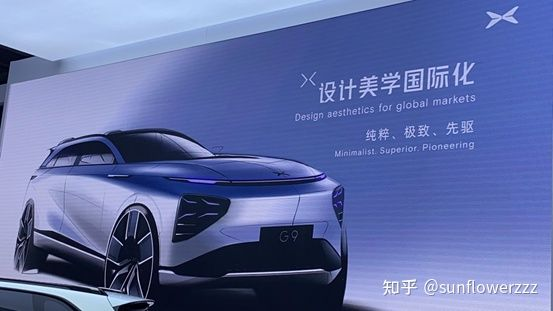
The creation of explicit technological elements is XPeng G9’s approach to this direction, with the X-BOT FACE 3.0 evolving from the light sword element as a significance design on both sides of the through-type daytime running lights, resembling two very sharp eyes. Four additional daytime running lights have been added above and below the headlights, resembling the XPeng Logo.
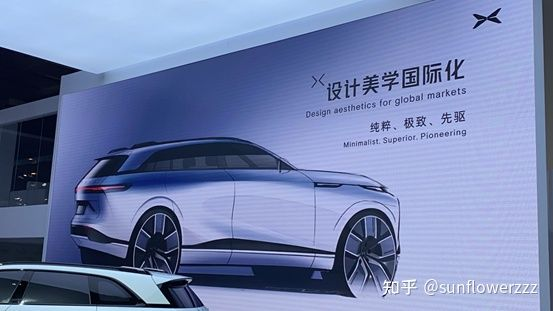
Beyond evolution, the XPeng G9 also inherited the dynamic rear-wheel-drive sports car proportions of the P7. A horizontal waistline runs through the entire body, dividing the length of the vehicle into a golden ratio. The sporty proportions of luxury cars, such as A-pillars that slope towards the rear, a long hood, a dash to axle ratio, a short front overhang, a long rear overhang, and 21-inch wheels, together with the full-bodied look of the car, create a self-assured resemblance to a yacht.
The light and shadow on the side of the P7 car has evolved into lively curved surface elements on the G9, using restrained techniques in the design instead of sharp or shiny decorative elements, creating a dynamic light and shadow effect with the tension and rhythm of the curved surface.
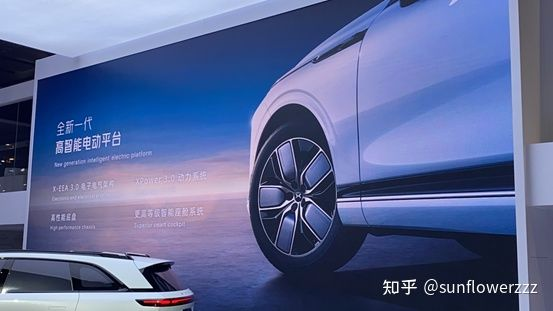
XPILOT AI sensing system and X-WING 5G antenna bring technology elements to the forefront, such as integrating the dual laser radar with the front headlight element. These cleverly complementary technology elements with design intent features are writing the concept of “technological aesthetics,” the new trend of aesthetic for intelligent cars, by the designers of XPeng on the G9.
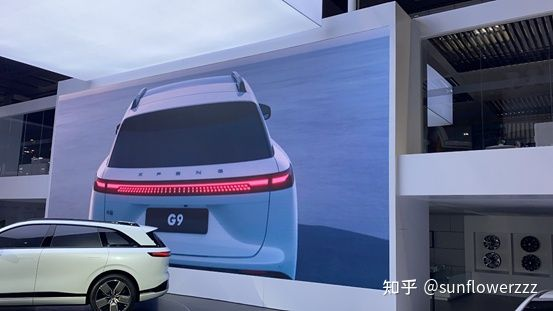
Conclusion
XPeng’s thinking on the future trend of transportation, including intelligent driving, electronic and electrical architecture, 800V SiC high-voltage platform, is everywhere on the G9. In terms of design, acceleration, and charging, XPeng has gained a differentiation advantage, and the steady and correct path of evolution is being taken step by step.
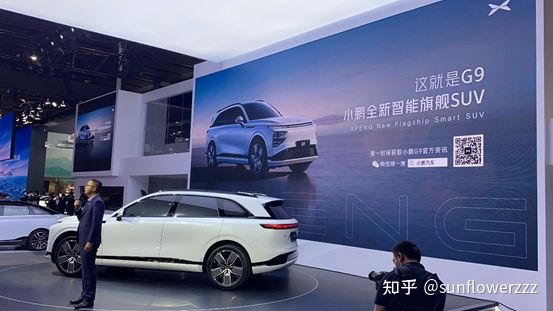
This article is a translation by ChatGPT of a Chinese report from 42HOW. If you have any questions about it, please email bd@42how.com.
